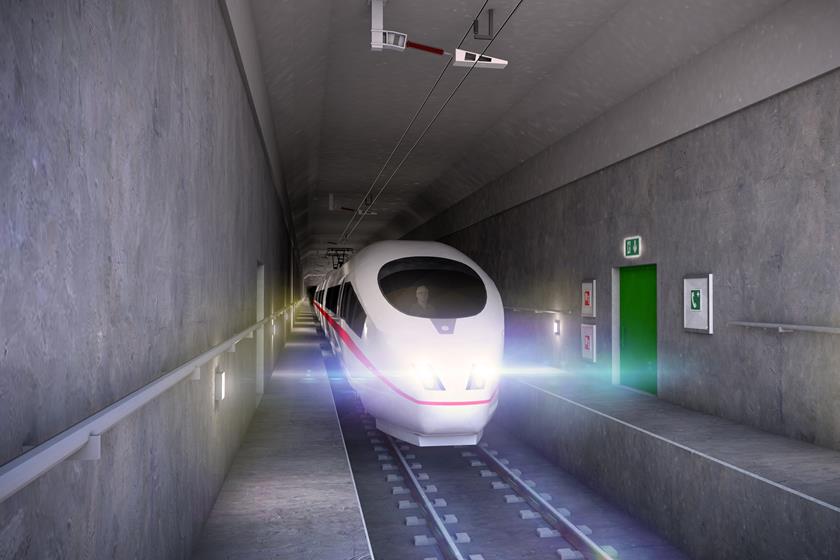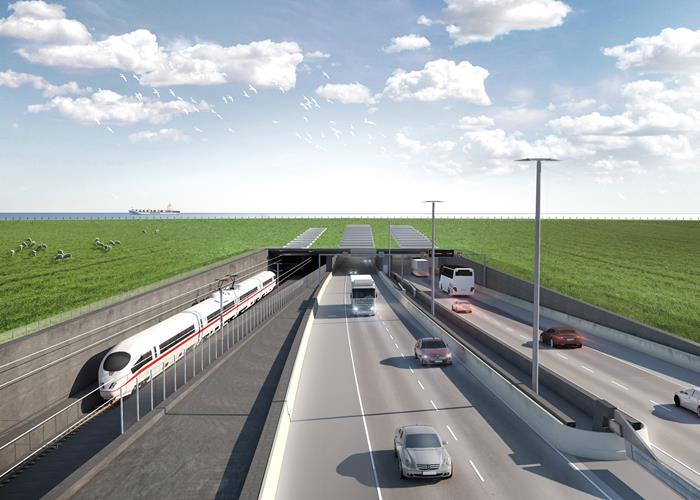A new green traffic corridor through Europe
The Fehmarnbelt Fixed Link is a priority project for the European Commission and an important element in the green transitition for the European transport sector.
A priority project for Europe
The construction of the Fehmarnbelt tunnel will remove a transport bottleneck between Scandinavia and Central Europe and pave the way for a new greener traffic corridor in Europe.
As a result, the Fehmarnbelt project has been designated a priority project by the European Commission, which has granted significant support to the project through the CEF-Programme.
The program aims to strengthen the internal market, including through the improvement of transport corridors in Europe. Due to its strategic location and the great potential of the Fehmarnbelt Tunnel, the European Commission considers the Fehmarnbelt Tunnel to be one of the most important infrastructure projects in Europe.

A boost for rail transport
The Fehmarnbelt project is a boost for railway transport, which will become far more competitive from both a European and regional perspective. Freight transport between Scandinavia and Europe will not have to detour across Storebælt when the tunnel opens, with the rail freight journey being reduced by 160 km.
Commuters using the new railway can also look forward to shorter travel times on the section between Hamburg and Copenhagen.
Along with the upgrade and expansion of the rail links on both sides of the Fehmarnbelt, the tunnel will significantly reduce travel time for both passenger and freight traffic, thus reducing the associated fuel costs and CO2 emissions.

